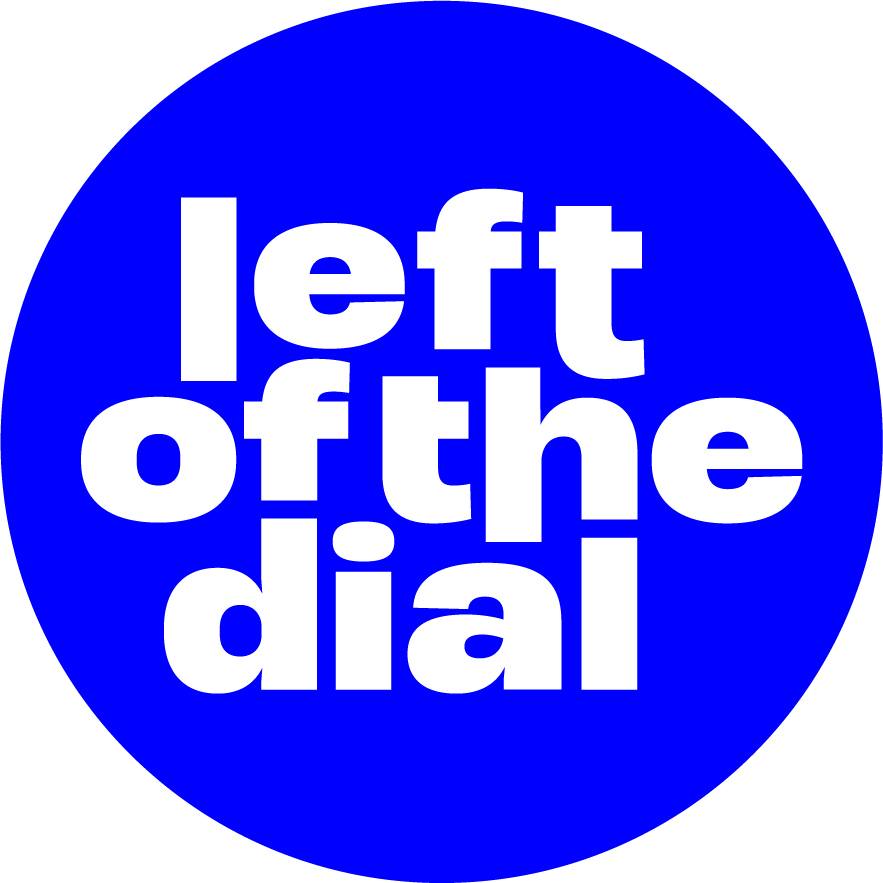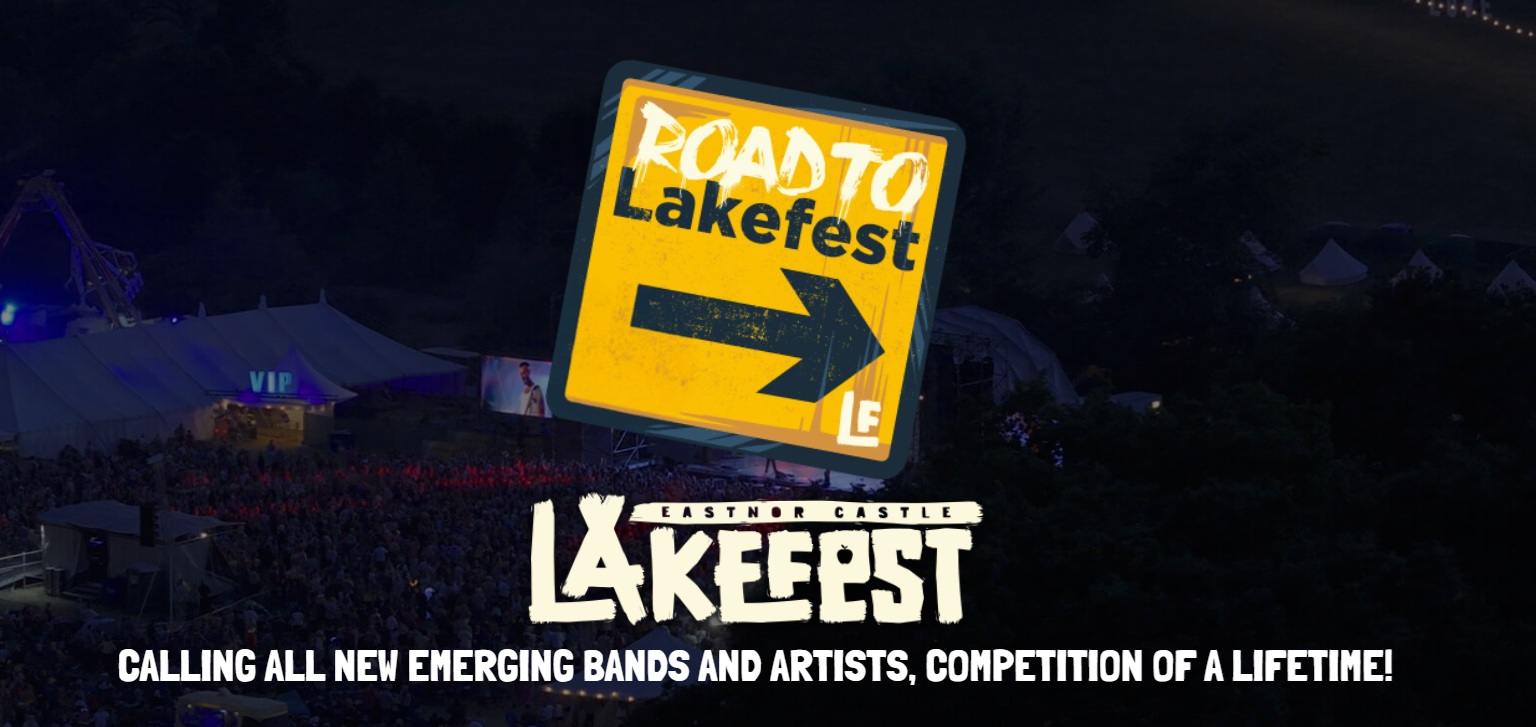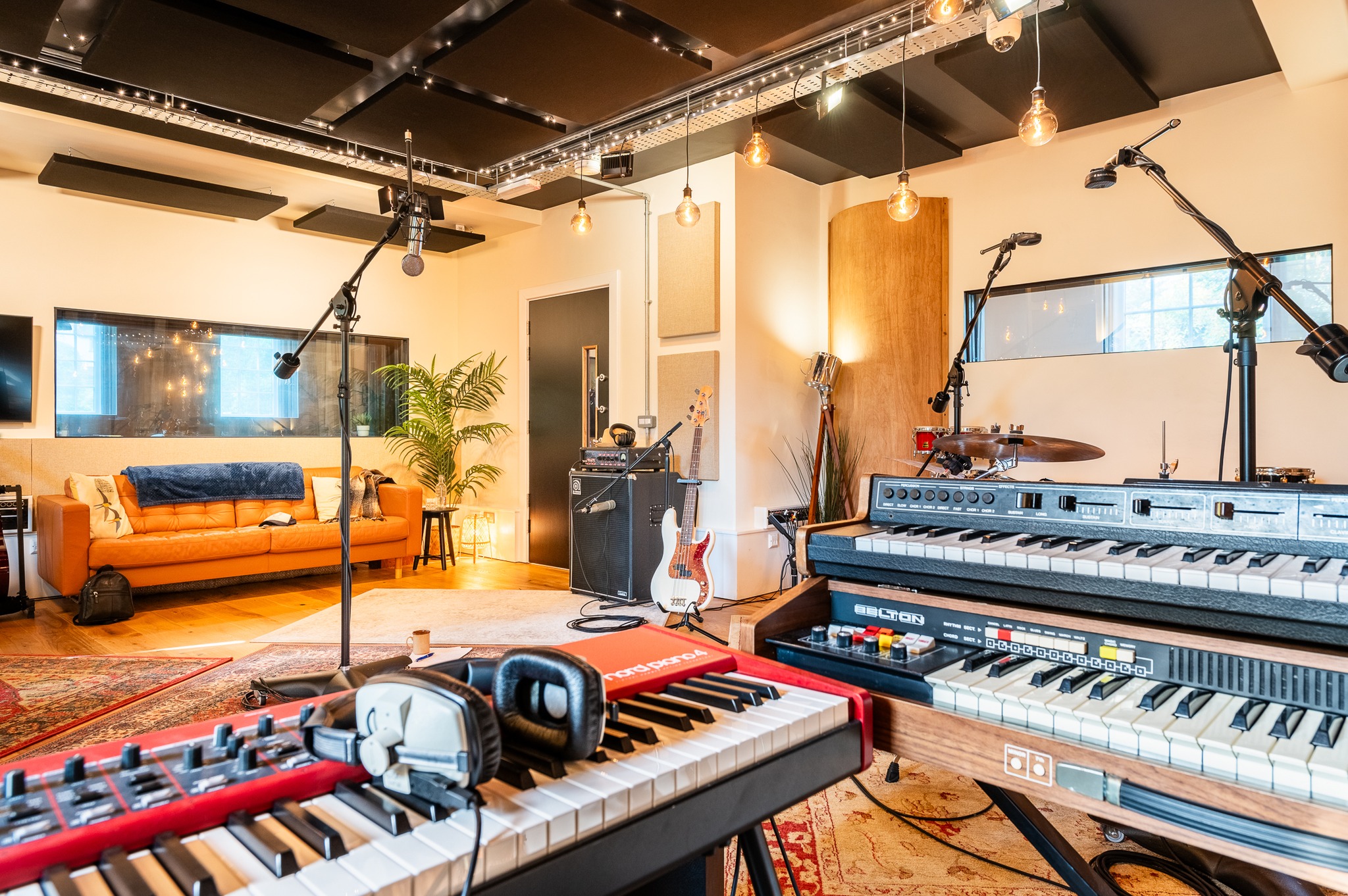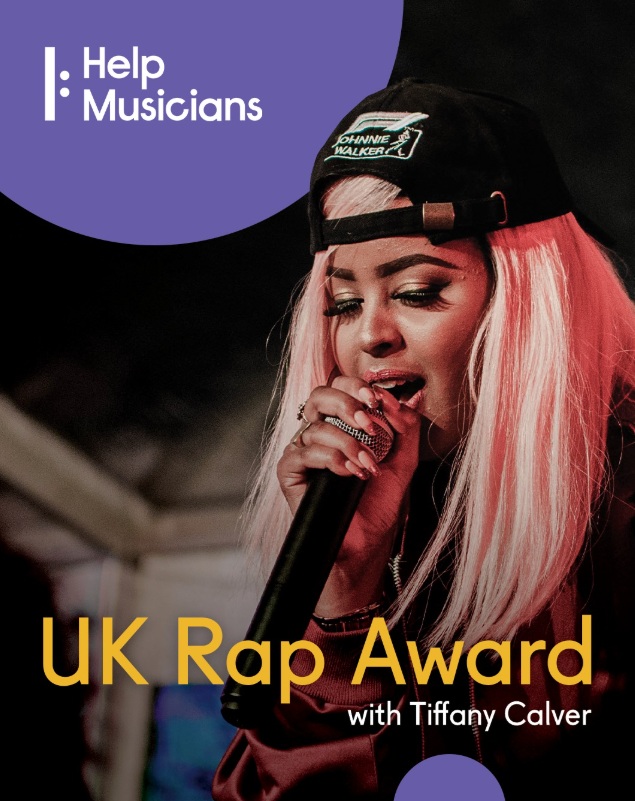Playlist plugging vs Streaming strategy: Which approach is more effective for your music?
Blog by Stef Loukes under Selling & Distributing Your Music
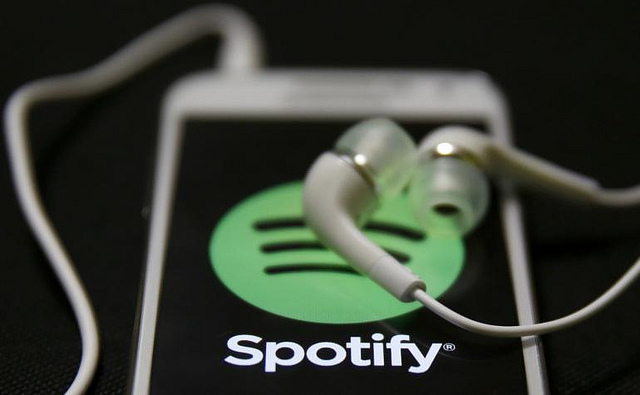
Getting your song placed on a streaming playlist is the Willy Wonka Golden Ticket that every band and artist aspires to in today’s music industry. And as a result, DSP (Digital Streaming Platform) playlisting has become a thriving and highly competitive business in itself, with musicians vying for a spot on esteemed playlists such as New Music Friday and Discover Weekly to boost their exposure to new audiences and the industry.
But how do you get your track featured on these playlists? Should you be relentlessly messaging playlist curators yourself, or employing a specialist in playlist pitching? Or beyond that, should you be focusing on best practices so your new releases will be organically picked up by streaming algorithms? There are valid arguments for all of these approaches, and more than likely a combination of all of the above is most effective, depending on your short and long term goals.
We chatted to Dan Pearson of Saint in the City who specialise in pitching to playlist curators, and Alex Treharne of Latch, who focus on streaming strategy to feed Spotify good data on an artist’s behalf to get on the streaming radar. Here’s what they had to say about their respective areas of specialty, and why an all-encompassing approach can yield the best results...
Dan Pearson, Saint in the City
What is playlist pitching and why is it so important in today’s music industry?
Dan: For the vast majority of bands, labels and artists, playlists are the number one priority now. It's a direct route to the ears of new listeners and new fans, with the added and very large bonus of instant data collection and monetisation for the artist/label and an incredible ease of use for the listener.
Playlist pitching is in essence the same thing as pitching for radio airplay or press features - we're sending curators relevant, high quality songs that we hope to persuade them to include in their playlists. It's usually a lot more specific and nuanced than people first realise - it becomes more about moods and textures, or when or where a chorus hits, or whether a track will work in a specific activity context, than just solely about a track being a good song.
Is playlist pitching effective for under the radar artists & bands?
Dan: 100% yes. It's the best route a new or independent band can take to building an audience and generating revenue, and there are opportunities to build your audience everywhere on a DSP like Spotify. A single playlist curator can curate 5, 10 or even 50 playlists, all with different audiences and followers all over the world. They typically have anywhere from 30 to 100 songs on each individual playlist, and each playlist could have thousands of daily listeners - so there are more opportunities to get a song supported and spread further than ever before.
Is there any value in a band pitching to playlist curators directly or is this a task better undertaken by a specialist service, such as yourselves?
Dan: It's a similar landscape to radio plugging or press publicity - it can be done by an artist themselves, if they have the skills, relationships, knowledge and time (lots of time!) to do that. But the vast majority of artists don't have those things together as a package, and their first priority is to make great music not to be great marketers or promoters. So I would always recommend getting a professional on board for playlist work, just as you would if you were taking radio promo seriously or wanted quality artist shots or track production etc.
Do you have any practical advice for an artist with no budget for professional input on how they could best attempt Spotify playlist placement themselves?
Dan: If there's no budget available, then you can research relevant playlist curators yourself and try to contact them directly. Keep an email short and succinct, include easy listen links (no attachments!) and make sure you are asking them to consider a track for a specific playlist - and there's nothing worse than a blanket email with 50 people cc'd in at random. And don't ever pay a curator for playlist placement directly as that can result in bans from Spotify, and most of those playlists are gamed using fake bots anyway - which can be easily spotted by real curators and makes your track look worse.
How many of the official Spotify playlists are human-curated? Does this differ across other platforms?
Dan: I don't have the exact figures for that, but Spotify has A LOT more editorial playlists and editorial staff than any other DSP - and because their platform is open to everyone and anyone, then anyone can curate and grow a playlist and there are thousands more independent playlists available for placements. Platforms like Apple Music or Deezer do have editorial playlists and some independent curators, but it's a very small proportion in comparison to Spotify.
Do you see the human role in playlist curation declining with the rise of algorithmic playlisting?
Dan: I think there will always be a human element. Although the algorithm and whizz-kid tools that Spotify uses to program some of their playlists is incredibly impressive, you can't always rely just on that. Algorithmic playlists like Discover Weekly or Daily Mix can do fantastic things for artists just because their track was picked up as being popular in a certain city, similar to a growing niche genre or just hitting the right data points sonically. But there will always be a role for an enthusiastic curator who hears a brilliant new song and wants others to hear it too - and the editors and curators we work with are all genuine music fans at heart who love seeing talented artists reach a wider audience. It's still important for artists to be building their narrative, nurturing their audience, making a visual impact etc as well as putting out consistently great music over time. And it has to be GREAT, not just good - 'good' isn't good enough with the competition around these days.
Saint in the City also offers radio plugging services, would you say that streaming playlist placements are now more valuable to new artists than radio airplay?
Dan: Yes I would. Radio is still a part of the story, still reaches a certain audience and lends some credibility and momentum to a campaign or release so we sometimes run radio alongside playlist work (and press work too) if a client wants that. But radio doesn't lead anymore, it follows what's already growing on Spotify in most cases. The national stations don't take many chances on new artists and airplay doesn't translate into streams in the majority of cases. Playlists are the most direct route to building a fanbase, and radio doesn't provide that immediate personal link with a new listener or help bands monetise that listener into a follower, fan or ticket buyer in the same way. There are huge numbers of artists on Spotify with tens of millions of plays who've never even tried to get radio airplay - and probably won't ever need to. Playlists have cut out a lot of the middlemen and obstacles to bands reaching the right audiences for their music, and that's only going to increase in the next few years. Around 80% of our workload is playlist-only campaigns now.
Alex Treharne, Latch
What is streaming strategy and is it effective in getting artists featured on popular Spotify playlists?
Alex: The first thing to understand is that the streaming landscape is constantly changing. The music team at any given DSP (digital streaming platform) may update their best practices at any given point. 18 months ago we thought that third party playlist pitching was becoming the best route for independent artists to grow their following on DSPs - we no longer believe this is the case. Ultimately, what you want to be doing is feeding the best possible data back to the DSPs - low skip rates, people listening all the way through, high save percentages and a steady increase in followers / monthly listeners. This is especially important as Spotify is moving even further towards algorithmic discovery. Unfortunately, most of the time, third party playlisting doesn't achieve this for you. We now encourage clients to use targeted paid ads on social media, work closely with their distribution team, encourage their organic fanbase to stream and make use of the new marketing tools within the DSP infrastructure.
What is the difference between plugging to playlist curators and streaming strategy?
Alex: For us, streaming strategy is more holistic. We're always talking to people from across the industry to understand the ins and outs of DSP best practices. There are loads of amazing tools that can help to analyse the data and direct further action. Chartmetric springs to mind, ToneDen has some interesting tools and Feed is a possible new solution for independents. We want our clients to move towards long-term, sustainable growth - in order to do this they have to grow a real, organic, committed fanbase on the DSPs. This requires more than playlist plugging.
Do you believe that one is more effective than the other in giving artists & bands exposure on Spotify?
Alex: Ultimately, it all depends on the artist's goals. If you want to achieve a quick, short-term spike in streams then sure - playlist plugging might do that for you. If you want to be building a sustainable growth pattern across the DSPs then you need to be thinking about what is best in the long term. You might not get hundreds of thousands of streams on your debut single via a more holistic approach to streaming strategy, but in a year's time the algorithm might be doing that for you. I'm not going to tell artists that either approach is 'right'. However, I do think that in this industry shortcuts often leave you stuck in the future.
Is it possible for bands & artists themselves to attempt the streaming strategy approach, or is there more value in them taking on a specialist, such as yourselves?
Alex: Definitely, it's more than possible. The first port of call is analysing your streaming data comprehensively and understanding where your audience lies. The second step is growing that audience through paid ads on social media and keeping them engaged. Understanding ad networks can be quite complicated and you can waste a lot of money very fast if you're not being clever and efficient - so learn, learn, learn. Your distribution team is the real key here, they're the ones who will be pitching directly to editorial teams at DSPs, so make sure they're committed to your project.
Watching industry webinars is also a great way to stay on the cutting edge of streaming strategy - hearing from label managers, marketing managers and DSP teams first-hand is invaluable. I'm a firm believer that most artists can fulfill most of their own marketing duties - it's just a question of how much time they're willing to sacrifice. The advantage of working with a specialist is that they already know all the relevant information and can make sure you avoid all the mistakes that can be made early on.
Do you have any practical advice for an artist with no budget for professional input on how they could best attempt Spotify playlist placement themselves?
Alex: Do your research and understand your fanbase. That's the key to everything. Paid ads are your friend, they're low cost and are a keystone in the artist marketing pipeline. DSP success isn't the be-all and end-all of your career. There are plenty of artists who stream well but can't sell out a show in their hometown. There are also plenty of artists who stream well but never get played on radio. Be yourself, communicate with your fans, foster a positive community and the support will come.
Before reaching out to a specialist like Latch, what should a band have in place to give themselves the best possible chance of being picked up by playlist curators or algorithms?
Alex: There are a couple of things but they boil down to brand awareness. Do you have a presence on social media, have you ever had any significant press support or radio play? Making sure people can find you online is incredibly important, DSPs want to invest their marketing space (i.e. playlist positions) with artists that are visibly committed to their own project. Aside from that, make good music and engage with those who listen.
What are some of the biggest success stories that you have seen from artists being included on a playlist early in their career?
Alex: One of my first PR campaigns was for a band called WESLEE. I was living in Los Angeles at the time and it was at the early stages of Spotify's dominance. I remember emailing an editor that I knew who put their track 'Gassed' in Fresh Finds - their management team then did an amazing job of getting a whole host of editorial spots across Spotify. The first two singles ended up with a combined total of around 8 million streams. That was a good three years ago though. It's getting harder and harder to come by those big editorial success stories now - there's such an incredible amount of music being uploaded to DSPs every day, around 40,000 tracks. However, if you can grow your algorithmic support now then you don't need to continuously invest the time and money in pitching every single. Sam Setton is one of our past clients that did this incredibly well, running hundreds of thousands of streams via Release Radar and Discover Weekly.
Tags
How bands can get their song on Spotify playlists using playlist pitching and streaming strategy


